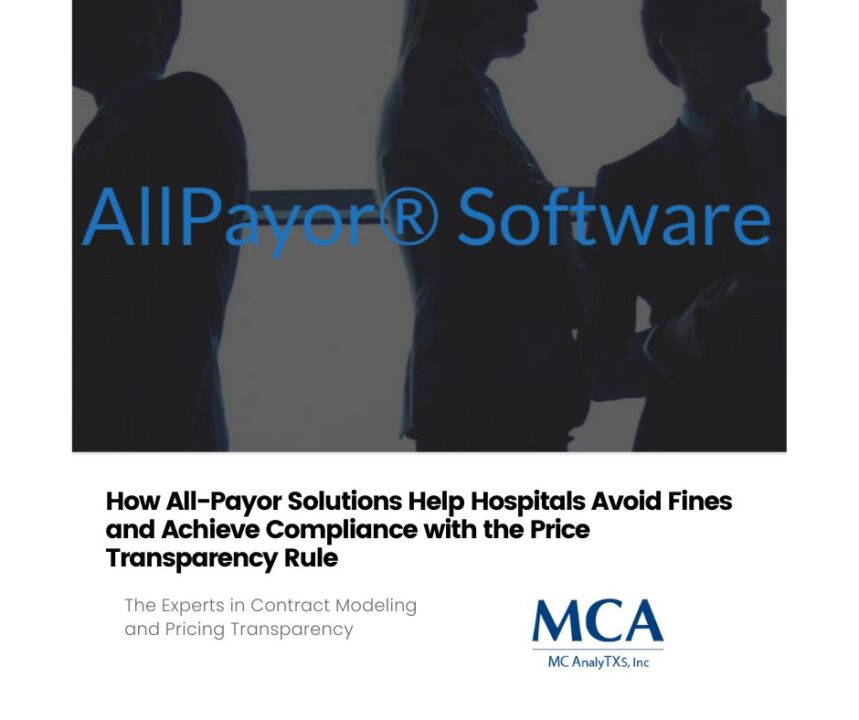
Enhancing RCM Teams to Protect the Bottom Line with Expert Support
January 10, 2024
Selecting the Right Vendor Partner for Revenue Cycle Technology Success
January 15, 2024Healthcare providers are facing increasing challenges to achieve success in financial management. In an industry where costs are high and reimbursement rates are low, providers are looking for ways to optimize revenue and minimize expenses. But what strategies are driving financial success in healthcare? Here, we take a closer look at the key drivers of financial success and offer insight into how they can be implemented in your organization.
Utilizing technology – Technology can play a huge role in optimizing revenue and reducing costs. Many healthcare organizations have found success in implementing electronic medical records (EMR) and revenue cycle management (RCM) systems. The use of EMRs can help streamline patient care workflows and provide real-time access to patient data, while RCM systems can help identify and eliminate claim errors, improve billing accuracy, and improve collections.
Managing revenue cycle operations – All healthcare organizations must manage revenue cycle operations successfully to maintain financial stability. This process includes all aspects of the revenue cycle, from patient registration and charge capture to coding, billing, and collections. Implementing a comprehensive revenue cycle management program can help optimize revenue and reduce costs associated with claim denials and rejections.
Fee schedule optimization – Optimizing fee schedules can have a significant impact on a healthcare provider’s financial success. By analyzing fee schedules at a granular level, providers can identify areas for improvement and adjust pricing to ensure maximum reimbursement. This includes analyzing fee schedules by payer, procedure, and service level.
Focusing on value-based care – Healthcare providers are increasingly shifting towards value-based care models, which focus on using healthcare resources more efficiently while improving patient outcomes. By improving the quality of care, providers can reduce costs associated with poor outcomes, readmissions, and unnecessary testing.
Maintaining compliance – To optimize revenue and maintain financial stability, healthcare providers must stay up-to-date and compliant with evolving healthcare regulations. This includes staying current with changes to billing rules and regulations, implementing a strong compliance program, and conducting regular audits to identify areas for improvement.
Conclusion:
Achieving financial success in healthcare requires more than just luck – it requires a comprehensive and strategic approach to managing revenue and minimizing costs. By utilizing technology, managing revenue cycle operations, optimizing fee schedules, focusing on value-based care, and maintaining compliance, healthcare providers can optimize revenue and minimize costs, ultimately achieving financial success. CFOs, Revenue Cycle Directors, and Manage Care Directors can use these strategies to set their organizations on the path to long-term financial stability and success.
To learn more join our upcoming webinar Thursday, January 18th at 1 pm CST.





